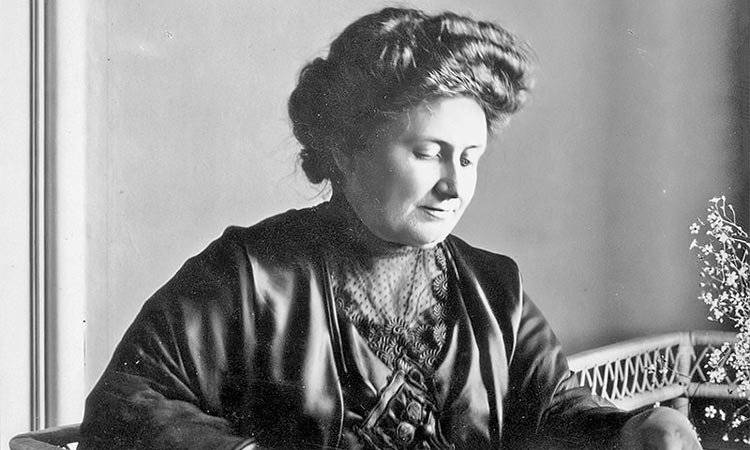Maria Montessori was born in Italy in 1870. As a young adult, she had an inquisitive mind and was on a path that would open the door for modern education. Within her study of medicine, she branched out into the fields of pediatrics and psychiatry and began work designing learning aids for children with special needs, many of whom were later able to pass public school exams.
In 1906, Maria began work in the Casa dei Bambini, a school for the children of working parents in the industrial district of Rome. This is where she developed her theory that learning begins at birth, and that between the ages of 0 and 6 is when the foundation for all future learning is built.
When I began teaching in 1973, my first experiences were in Montessori schools. We used teaching aids designed for individual exploration, and the kids could pick and choose their activities using their freedom and self-discipline. The smaller children loved the “practical life” section of the classroom, where they learned to fold, pour, tie, buckle, sweep, and clean—using tools that fit their tiny hands.
Later, I taught in schools with a more classical learning philosophy, but I found that the guiding principles of the Montessori method adapted to any learning situation—in the classroom as well as the home. Following are two principles that have been pillars for all of my teaching practices through the years.
Maria Montessori believed that a teacher’s role was that of a facilitator, someone who guides the children into discoveries and exploration. As a teacher, it’s easy to overexplain, but when I hold back a bit and only help as needed, this enables the student to take their own step toward figuring something out and becoming an independent learner. Letting children have autonomy to research and learn for themselves—though under supervision—helps them develop an invaluable skill for life.
When children are still learning to master a task, Montessori describes it not as doing it wrong, but rather as learning to do it right. To her, education went far beyond the classroom subjects, into the areas of self-control, respect for oneself and others, autonomy, inquisitiveness, and creativity.
My most rewarding times as a teacher have been when I see a student get over a mental block and turn their most-dreaded subject into one that they love, when I see happy, independent learners who like to research, experiment, and aren’t daunted by new challenges. That’s when I feel I have given them tools for life and hopefully have contributed in some way to make the world a bit better.
